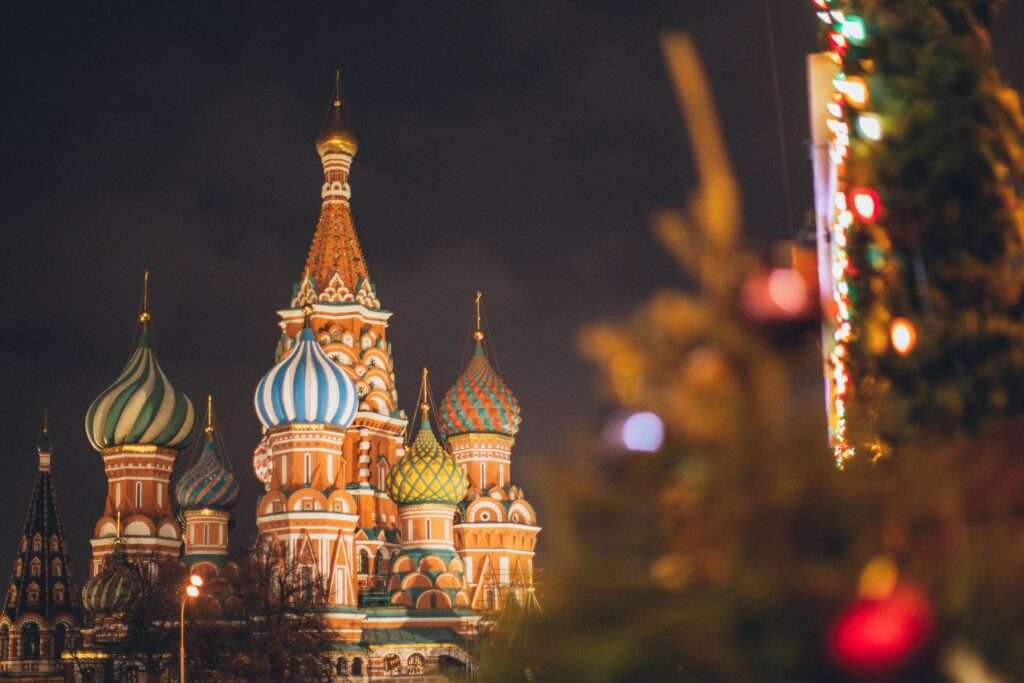Every year, December arrives with an air of festivity, marked by vibrant decorations, gatherings, and the spirit of joy. At the heart of this joyous season is Christmas, a celebration cherished worldwide for its rich traditions and profound significance.
The Meaning and Purpose of Christmas
At its core it commemorates the birth of Jesus Christ, a figure revered in Christianity as the Son of God and the embodiment of divine love and salvation. It is a time for believers to rejoice in the profound spiritual implications of Christ’s coming into the world.
The season encourages acts of kindness, generosity, and compassion toward others, echoing the spirit of selflessness embodied by Christ’s teachings. Families come together, exchanging gifts and creating lasting memories, fostering a sense of unity and togetherness.
Orthodox vs. Catholic Christmas
While the essence remains the same across various Christian denominations, the ways in which it is celebrated can differ significantly. Two major branches of Christianity, Orthodox and Catholic, observe Christmas with distinct customs, rituals, and timelines.
Catholic Christmas:
Catholic Christmas is widely observed on December 25th, following the Gregorian calendar. Countries across Europe, the Americas, Africa, and parts of Asia predominantly celebrate on this date as well. The festivities often start on Christmas Eve with Midnight Mass and continue through Christmas Day.
Orthodox Christmas:
In contrast, Orthodox Christmas is celebrated based on the Julian calendar, falling on January 7th. This is observed in countries such as Russia, Belorussia, Serbia, and other Eastern European and Middle Eastern nations, and most importantly Macedonia, a country mentioned in the bible more than 20 times. The Orthodox celebration includes unique customs, prayers, and traditions that reflect a deeply rooted cultural heritage.
Comparing the Celebrations:
Orthodox is often seen as a more traditional and solemn observance compared to Catholic. The liturgical practices and rituals during the Orthodox celebration maintain a strong connection to ancient traditions, preserving a sense of historical continuity.
There’s an ongoing debate regarding the accuracy of the date of Christ’s birth, with some arguing that the Julian calendar more closely aligns with historical and biblical records. However, the choice of date for celebration often depends on the calendar adopted by each Christian denomination rather than the event’s factual accuracy.
Respecting Differences and Embracing Unity
While differences exist in the way Christmas is celebrated between Orthodox and Catholic traditions, the essence of the holiday—celebrating the birth of Jesus Christ and spreading love and goodwill—remains constant. Both traditions carry deep spiritual significance and cultural richness, contributing to the tapestry of global Christmas celebrations.
In conclusion, the celebration, whether Orthodox or Catholic, embodies the timeless message of hope, love, and spiritual renewal. As we commemorate this joyous occasion, let us honor the diversity of traditions, respecting each other’s beliefs while cherishing the unity found in the universal spirit of Christmas.


